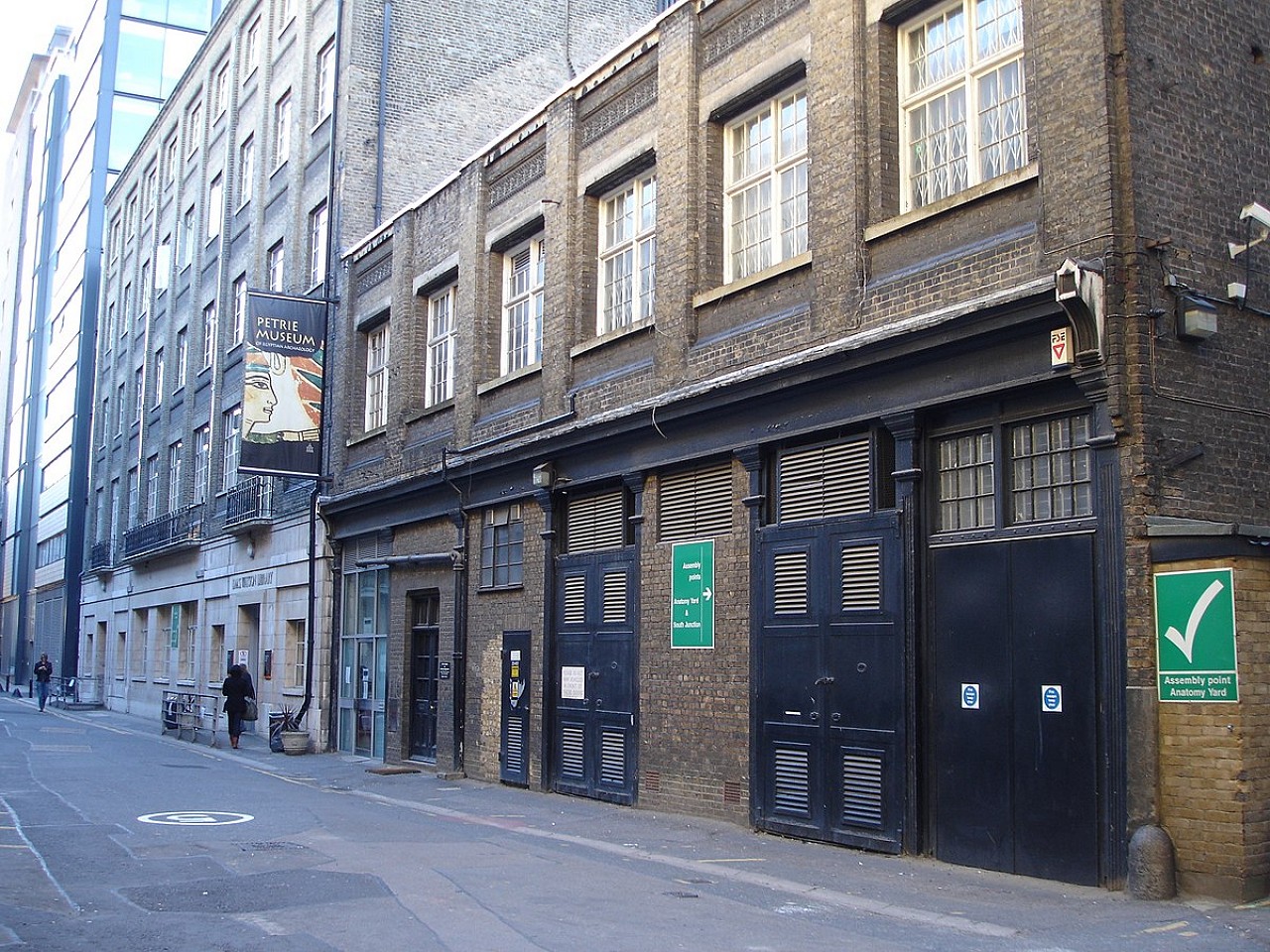


The Petrie Museum of Egyptian Archaeology in London is part of University College London Museums and Collections. The museum contains over 80,000 objects and ranks among some of the world's leading collections of Egyptian and Sudanese material.
The Petrie Museum houses an estimated 80,000 objects, making it one of the greatest collections of Egyptian and Sudanese archaeology in the world. It illustrates life in the Nile Valley from prehistory through the time of the pharaohs, the Ptolemaic, Roman and Coptic periods to the Islamic period.
Petrie excavated literally dozens of major sites in the course of his career, including the Roman Period cemeteries at Hawara, famous for the beautiful mummy portraits in classical Roman style; Amarna, the city of king Akhenaten, sometimes called the first king to believe in one God; and the first true pyramid, at Meydum, where he uncovered some of the earliest evidence for mummification. In 1913, Petrie sold his large collection of Egyptian antiquities to UCL, thus creating one of the largest collections of Egyptian antiquities outside of Egypt. The collection and library were arranged in galleries within the university and a guidebook published in 1915. Most of the visitors were students and academics; it was not then open to the general public.
Petrie retired from UCL in 1933, though his successors continued to add to the collections, excavating in other parts of Egypt and the Sudan. During the Second World War (1939-1945) the collection was packed up and moved out of London for safekeeping. In the early 1950s it was brought back and housed ‘temporarily’ in a former stable building, where it remains today (click here for information on visiting the museum).
The collection is full of 'firsts':
Highlights
The collection contains outstanding works of art from Akhenaten’s city at Amarna: colourful tiles, carvings and frescoes, and from many other important Egyptian and Nubian settlements and burial sites. The museum houses the world’s largest collection of Roman period mummy portraits (first to second centuries AD).
More than these highlights, though, the collection is uniquely important because so much of it comes from documented excavations. The large typological series of objects (amulets, faience, objects of daily use, tools and weapons, weights and measures, stone vessels, jewellery) provide a unique insight into how people have lived and died in the Nile Valley.
Access

